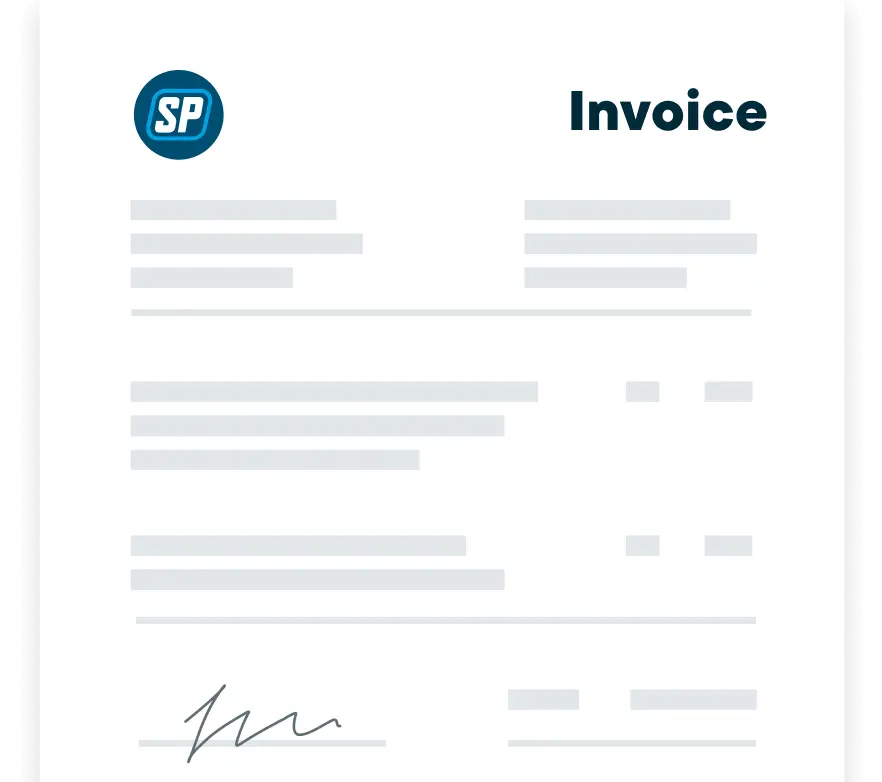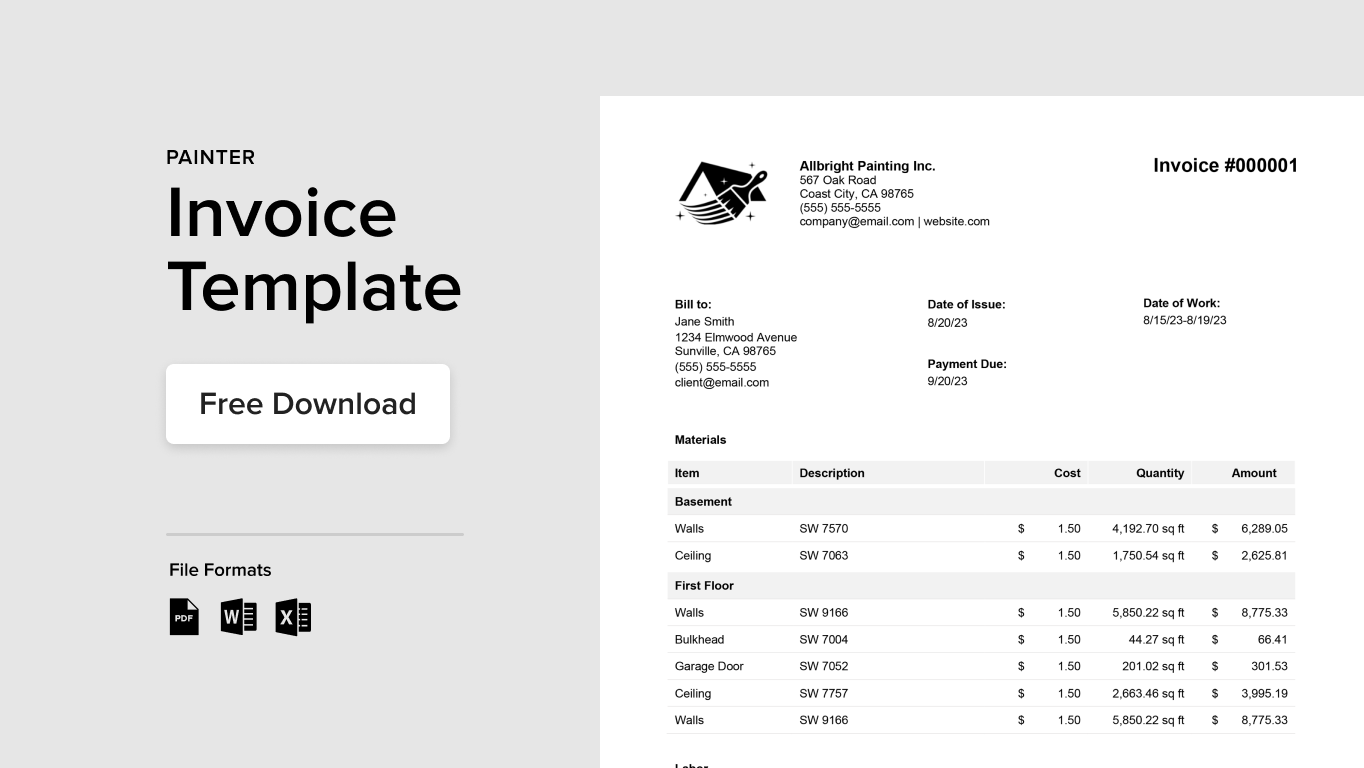Benefits of Using Invoice Templates
1. Time Savings
Perhaps the most significant advantage of using an invoice template is the amount of time it saves. Instead of starting from scratch for every invoice, templates allow you to quickly enter the necessary details and send them off to clients in no time.
2. Consistency and Professionalism
Templates ensure that every invoice you send out maintains a consistent look and feel, which reflects on your business’s professionalism. A well-designed invoice can also reinforce your brand, with the inclusion of your logo, color scheme, and branding elements.
3. Fewer Errors
Templates reduce the opportunity for human error. Once you’ve perfected the template, there’s less chance of forgetting to include important details like payment terms or due dates, as they’re already part of the design.
4. Easy Tracking and Management
With a uniform format, tracking your invoices and managing them becomes more straightforward. You can quickly refer back to previous records and identify outstanding payments, all thanks to the organized structure templates provide.
Key Elements of a Good Invoice Template
Business Information
This includes your company logo, name, address, contact number, and email address. Clear branding is essential for both professionalism and recognition.
Date and Invoice Number
Every invoice should have a unique number for easy tracking and referencing. Dates are also important to establish when the service was provided and when payment is due.
Client’s Details
Include the name, address, and contact information of the client to ensure the invoice reaches the right person and for potential future follow-ups.
Description of Products or Services
Detail what the client is being charged for. Clarity here can help prevent disputes and confusion over charges.
Prices and Quantities
Every item or service should have the quantity and price clearly listed. This transparency helps clients understand exactly what they are paying for.
Payment Terms and Methods
Clearly outline when the payment is due, acceptable payment methods, and any late payment penalties, to avoid any misunderstandings.
Total Amount Due and Currency
Sum up all the charges to give a clear total that’s due and specify the currency, especially if you work with international clients.
Types of Invoice Templates
There’s a multitude of templates available to suit various needs and industries. Here’s a quick look at some options:
Standard Invoice
This is the most basic format, ideal for businesses that need a straightforward invoice with just the essential elements.
Service Invoice
For service-based businesses, this type of invoice will place more emphasis on labor and services provided, rather than goods sold.
Pro Forma Invoice
This is an estimate or quote that businesses can provide before delivering goods or services, often used in international trade.
Recurring Invoice
A recurring invoice is used for ongoing services, billed at regular intervals.
Commercial Invoice
This is necessary for goods being sold internationally and includes important details for customs clearance.
Automating with Invoice Software
Beyond static templates, businesses can leverage invoice software for even greater efficiency. These platforms often come with customizable templates and additional features like:
– Automatic calculations for totals and taxes.
– Integrations with accounting software.
– Scheduled invoicing for recurring payments.
– Real-time tracking of invoice status.
Some well-known software options include QuickBooks, FreshBooks, and Xero. Investing in such tools can genuinely transform how you manage your business finances.
Creating Custom Invoice Templates
While there are many free templates online, creating a customized invoice that caters specifically to your business’s needs may require a bit of work. Elements to consider when creating your template:
– Keep it simple and uncluttered.
– Use your corporate color scheme for consistent branding.
– Include a thank-you note or message for a personal touch.
Remember, your invoice is also a marketing tool. Every communication with your clients, including your invoices, should reflect the quality and professionalism of your business.
Final Thoughts

Gone are the days of manual invoices crafted from scratch for each customer. Business invoice templates offer an efficient, reliable, and organized way to manage billing, which is vital for any business looking to maintain a smooth operation and a positive cash flow. With the right set of tools and templates at your disposal, you can devote more energy to growing your business and less on chasing payments. Remember, an organized business is a productive one – and a productive business is more often than not, a successful one.

